Contrary to their bad reputation, not all harmonic distortion is unintentional. For example, the characteristic noise of the Marshall amplifiers used at most rock and metal concerts is actually harmonic interference noise. However, when it comes to power quality in variable speed drives or VSDs, harmonic disturbances lead to lower operating efficiencies and higher energy costs. Steve Hughes, Managing Director of harmonic filter specialist REO UK provides insights into how REO engineers can control harmonic problems in variable speed drives.
In general, harmonics are current or voltage waveforms in a power grid that have a different frequency than the grid frequency. This creates excess energy that cannot be used by connected devices. These harmonics pollute power networks and increase energy consumption. This leads to a reduction in overall power efficiency and consequently increases the electricity bill. Especially the latter is a problem in times of increasingly scarce and expensive energy.
Harmonic problems in speed-controlled drives
Speed-controlled drives generate harmonic current waveforms using the conversion of incoming 50 Hz AC waveforms into a DC source for the output stage. This generates pulse-width modulated pulses that control an AC motor. Switching from AC to DC and back produces current waveforms that are multiples of the 50 Hz grid frequency. The effect of these frequencies can be controlled with passive harmonic filters. These are basically inductors that prevent frequencies above the desired 50 Hz from entering the network. This means that all the energy in the network can be consumed by the unit and the overall operating efficiency is not affected by the harmonics. As harmonic frequencies increase, the inductor provides a higher impedance to further protect the circuit.
REO AG supplies harmonic filters that reduce the total harmonic distortion (THD) in a network with inductors. In most cases, total harmonic distortion can be reduced to below 5 % using this technology. This creates the potential for significant energy cost savings: By using the filters, operational efficiency is increased, as almost all the power in the network can be consumed by connected equipment. At the same time, the service life of the electrical system is increased, downtime is minimised and the associated maintenance costs are reduced.
In terms of applications, harmonic filters are best suited for use in systems with a constant load or a load above 50 % of the nominal load. These are, for example, systems such as heating or ventilation systems where there are no load fluctuations.
With the global drive to reduce CO2 emissions leading to extensive electrification of industrial systems, harmonic disturbances in power networks will become more common in the future. Therefore, it is more important than ever that industry takes steps to control them by using harmonic filters. This reduces electricity costs, extends service life and prevents damage to the power grid.
For more information on REO’s selection of harmonic filters, please visit https://www.reo.de/produkte/auswahl-filter/harmonic-filter/



